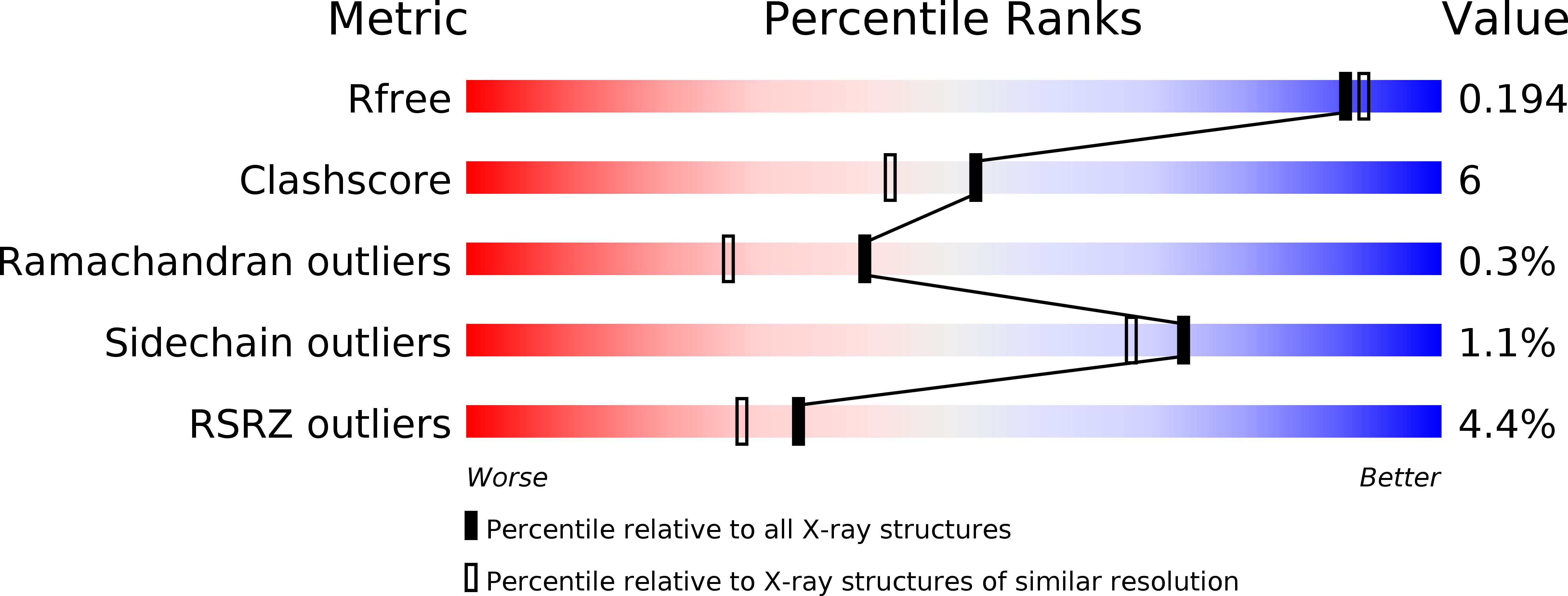
Deposition Date
2009-08-31
Release Date
2010-05-05
Last Version Date
2024-10-16
Method Details:
Experimental Method:
Resolution:
1.80 Å
R-Value Free:
0.21
R-Value Work:
0.18
R-Value Observed:
0.18
Space Group:
P 21 21 21


